Capture the Moment!
Since 2013, I’ve published hundreds of blog posts on all aspects of photography. Some are aimed at helping photographers with their technique, settings, and equipment, but others describe my exhibitions, workshops, and adventures in Africa, Antarctica and beyond.
Feel free to browse chronologically or click on the heading above any post for specific categories, such as Equipment, Trips or Hints and Tips.
If you’d like to write a guest post, I charge £50 + £10 per dofollow link. Please drop me a line on +44 7942 800921 or at nick@nickdalephotography.com.
(Please note that some posts contain affiliate links from which I can earn a small commission.)

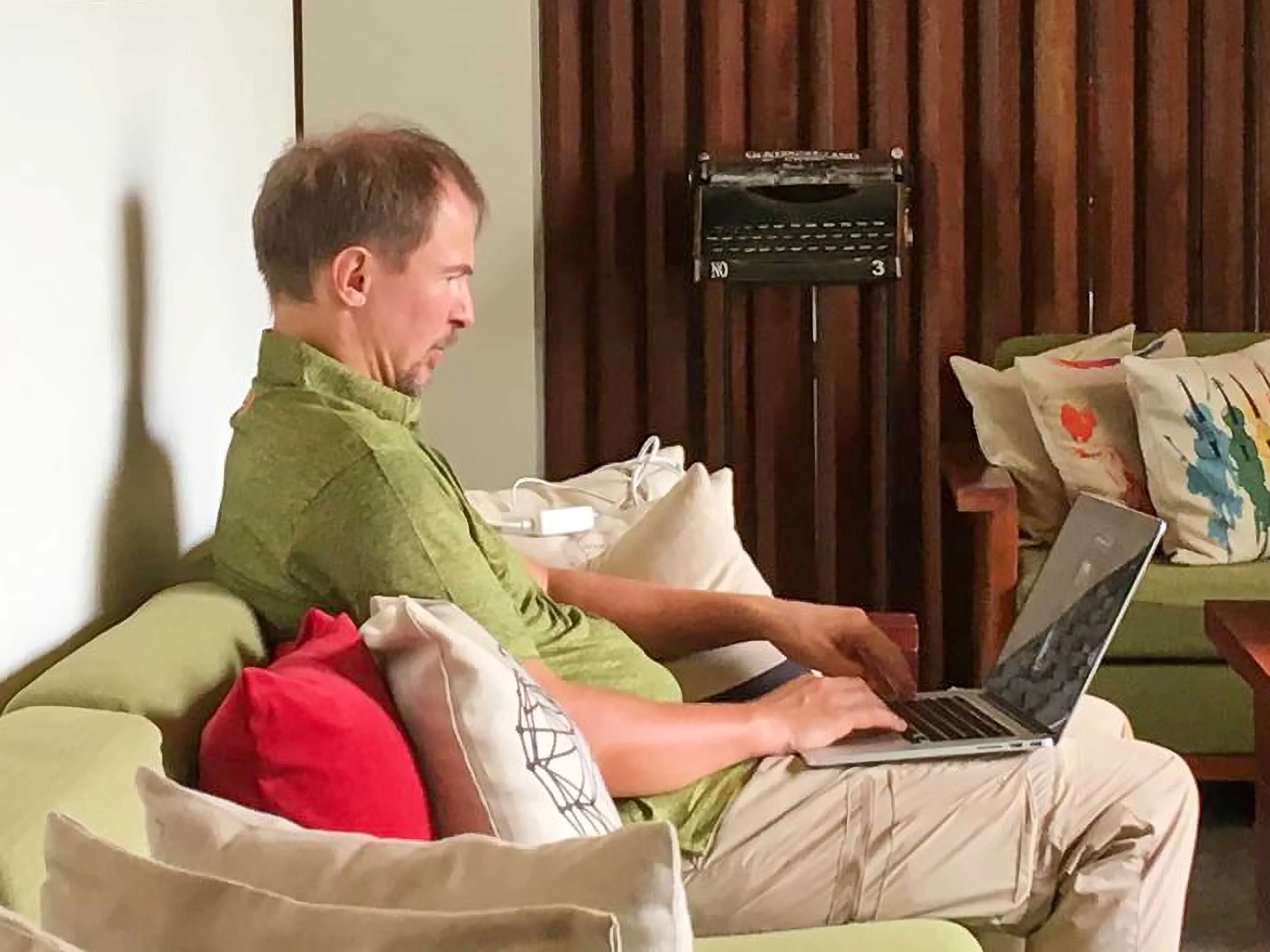
Top 100 Photos: Before and After
How important is editing? Some wildlife photographers religiously refuse to add or subtract anything, but photo software is so powerful these days that they might be missing out—especially if they don’t use generative AI! Do you believe your photos should be as representative as possible or as visually appealing? Are you a journalist or an artist?

Denys the Menace
Finch Hattons is a luxury safari camp in Tsavo West National Park, Kenya. It’s named after Denys Finch-Hatton MC, a nobleman, soldier, pilot and Edwardian big game hunter who was educated at Eton and Oxford. Denys wasn’t really a ‘menace’—unless you happened to be one of the animals he shot! In fact, he became one of the early pioneers of photographic safaris when he hosted the Prince of Wales (later Edward VIII) in 1928 and 1930.

Rhino Heaven
Everyone talks about how hard it is to find leopards, but what about rhinos?! I’ve been on over 500 game drives in nine different African countries, and I’ve hardly ever seen them. And that’s the main reason why I decided to visit Kicheche Laikipia—or Rhino Heaven!

Beautiful Darkness
In Laikipia, black leopards matter. That’s why I spent a week at Laikipia Wilderness. I wanted to see Giza, a female with a melanistic variant in her genes that means her coat is almost pure black, with only slight traces of the rosettes that would usually be visible on her flanks. Her name means ‘Beautiful Darkness’, but she only comes out at night, and there was no guarantee of being able to see her, let alone photograph her. Was I going to get lucky? Let’s find out…
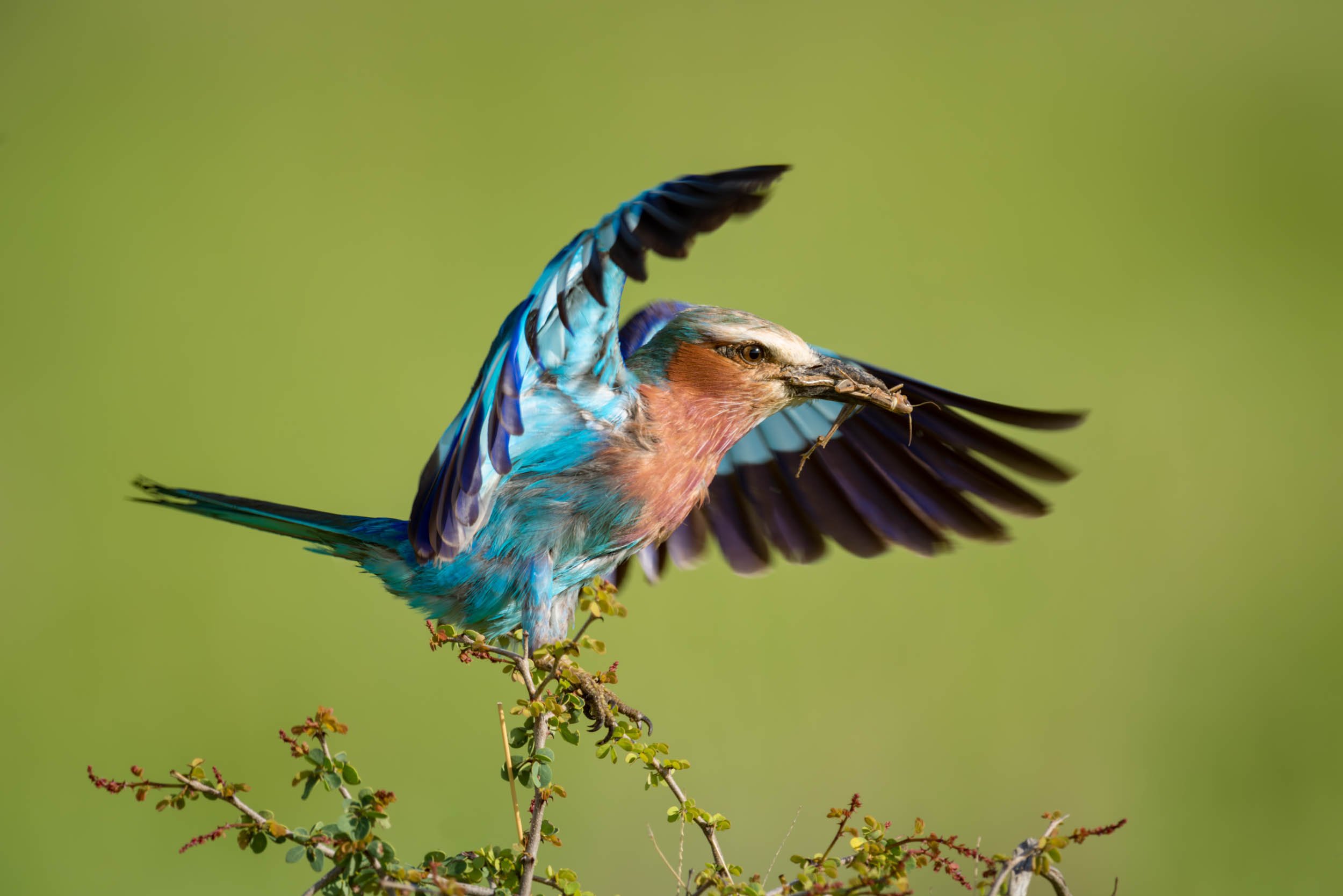
The Birds
When people ask me if I photograph birds, I say, “Yes, of course—if there aren’t any animals around…!” Having said that, I almost always see more birds than animals on my trips, and they’re almost always more active and more colourful. In fact, they account for 27 of my Top 100 photos.

Where in the World
Since I became a photographer, I’ve been on 35 trips to every continent. It’s taken a long time and cost a lot of money, so if you want to see a particular species, you might appreciate a little help!

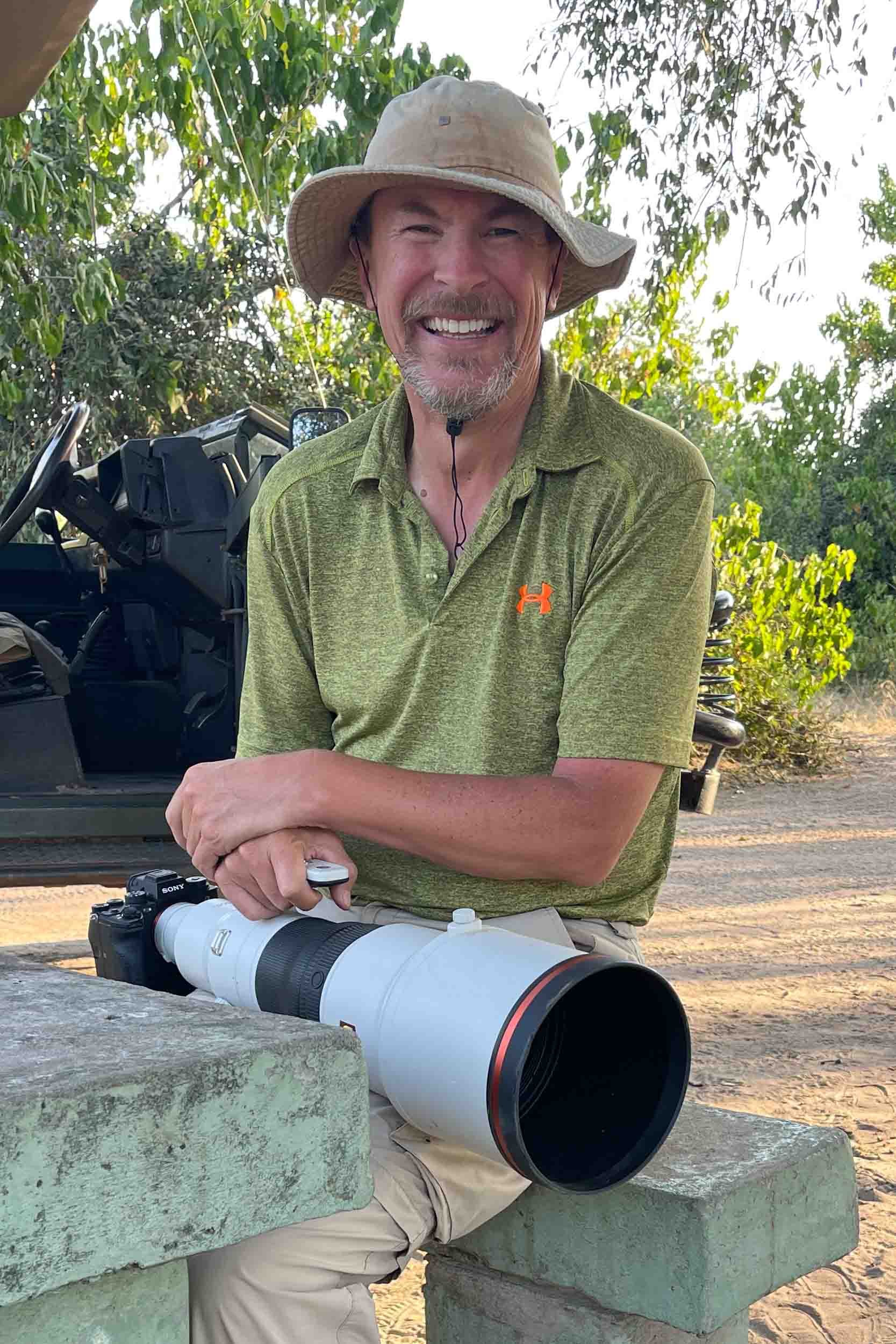
Photographic Trips
I’ve been a professional wildlife photographer since 2013, so I often lose track of all my photographic trips! For my own reference and for yours, here’s a list of everywhere I’ve been with my favourite photos from each place.
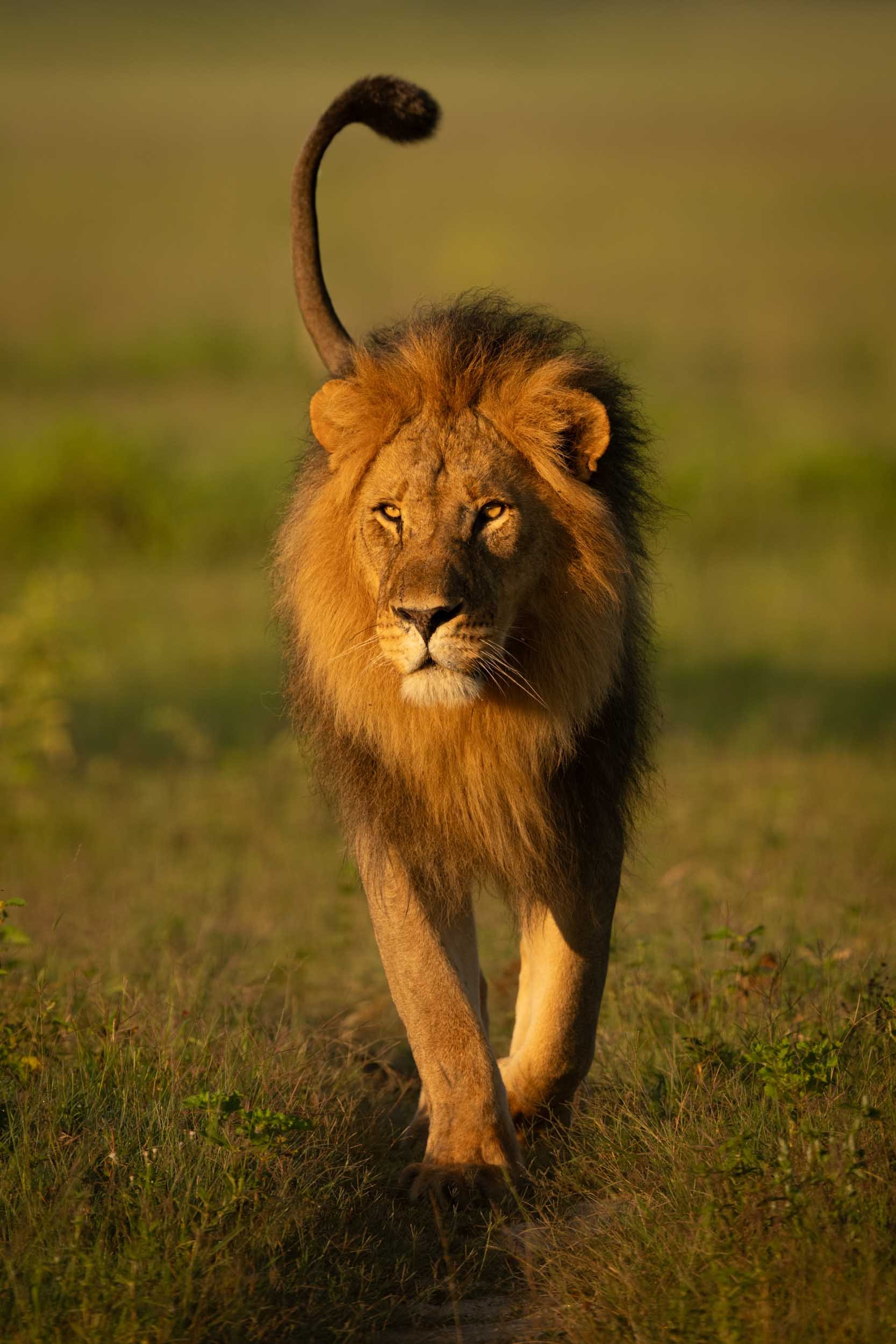
Kings and Rollers
I’ve just spent a week as the resident photographer for Imvelo Safaris at Bomani Tented Lodge near Hwange National Park in Zimbabwe. I didn’t have any dramatic encounters and mostly saw lions and birds—which was a little disappointing as I’d heard that Hwange was a good place to see the Big Five. However, it was still very enjoyable—especially as I got free accommodation as part of the deal!

Wildlife Photography with an iPhone
Wildlife photographers are often seen as ‘big men with big guns’—ie expensive cameras with long lenses. And I’m probably one of them! When guests on safari see my 600mm lens, they often come over to talk to me about it before admitting they ‘only’ have an iPhone—sometimes blushing in embarrassment!
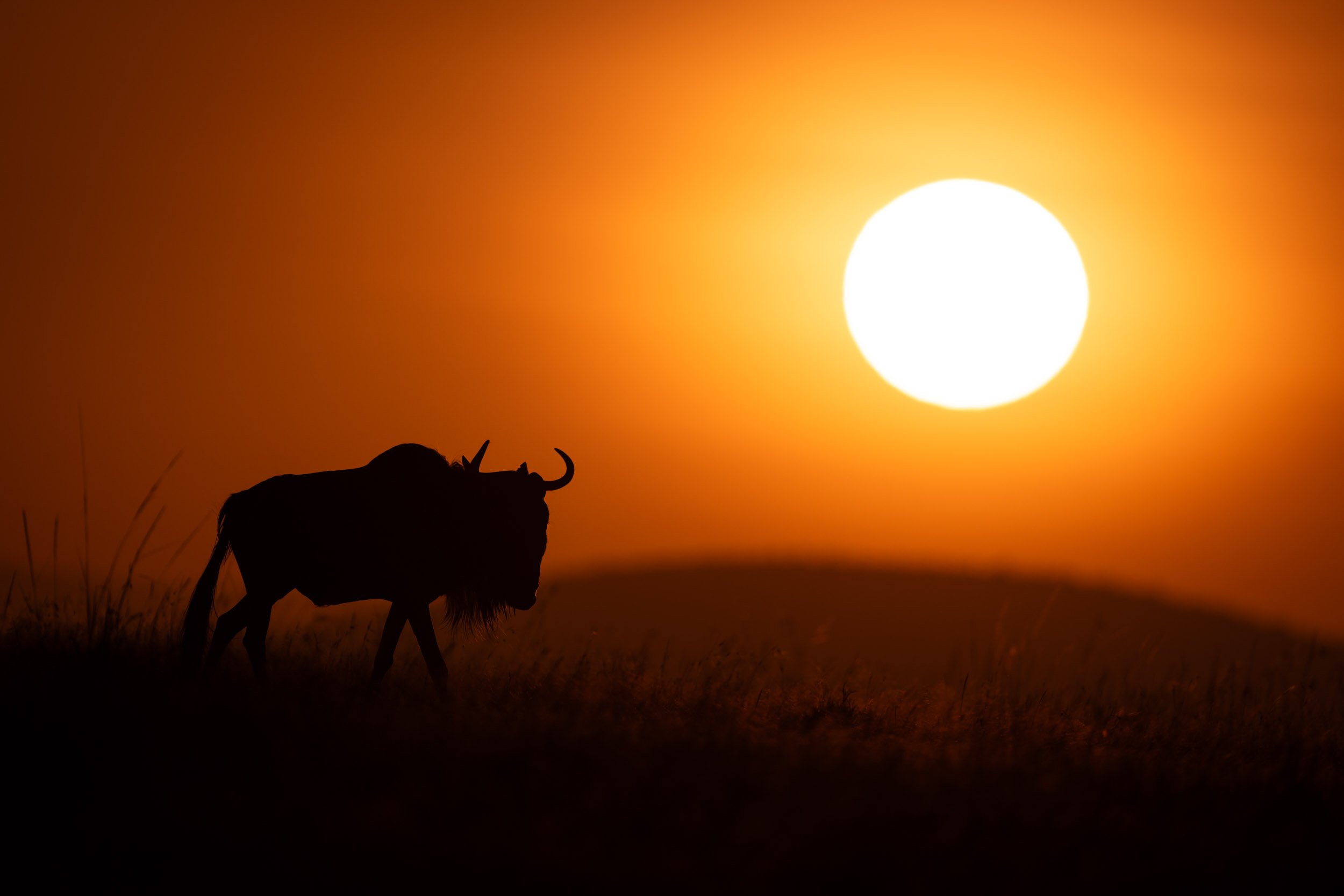
Silhouette City
I spent my second week in the Masai Mara at Kicheche Valley Camp, and you can probably sum it up in three words: cats, birds and silhouettes! I managed to see my ‘traditional’ cheetah kill, photographed many birds in flight and started and finished most days by taking sunrise and sunset silhouettes.
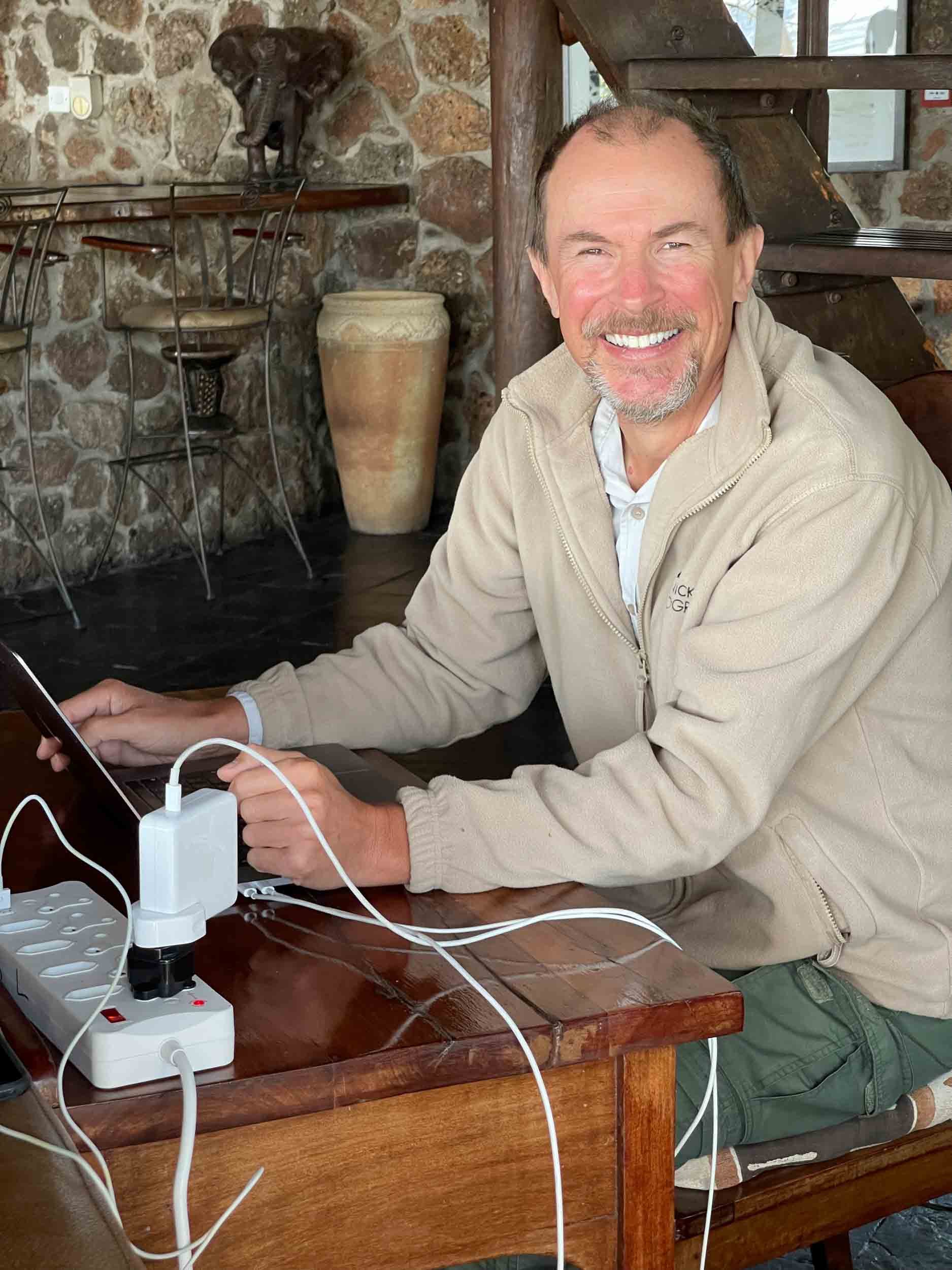
2025: The Blank Slate
This is my first blog post of 2025, so here’s what I hope to do this year...!

2024: I Had a Year in Africa...
I didn’t quite spend a whole year in Africa (only 12 weeks!), but with a little help from a successful remortgage and a hefty bank loan, I managed to pay three visits to my favourite safari destinations (Kicheche and Muchenje) and stay in South Africa, Zambia and Zimbabwe for the very first time.
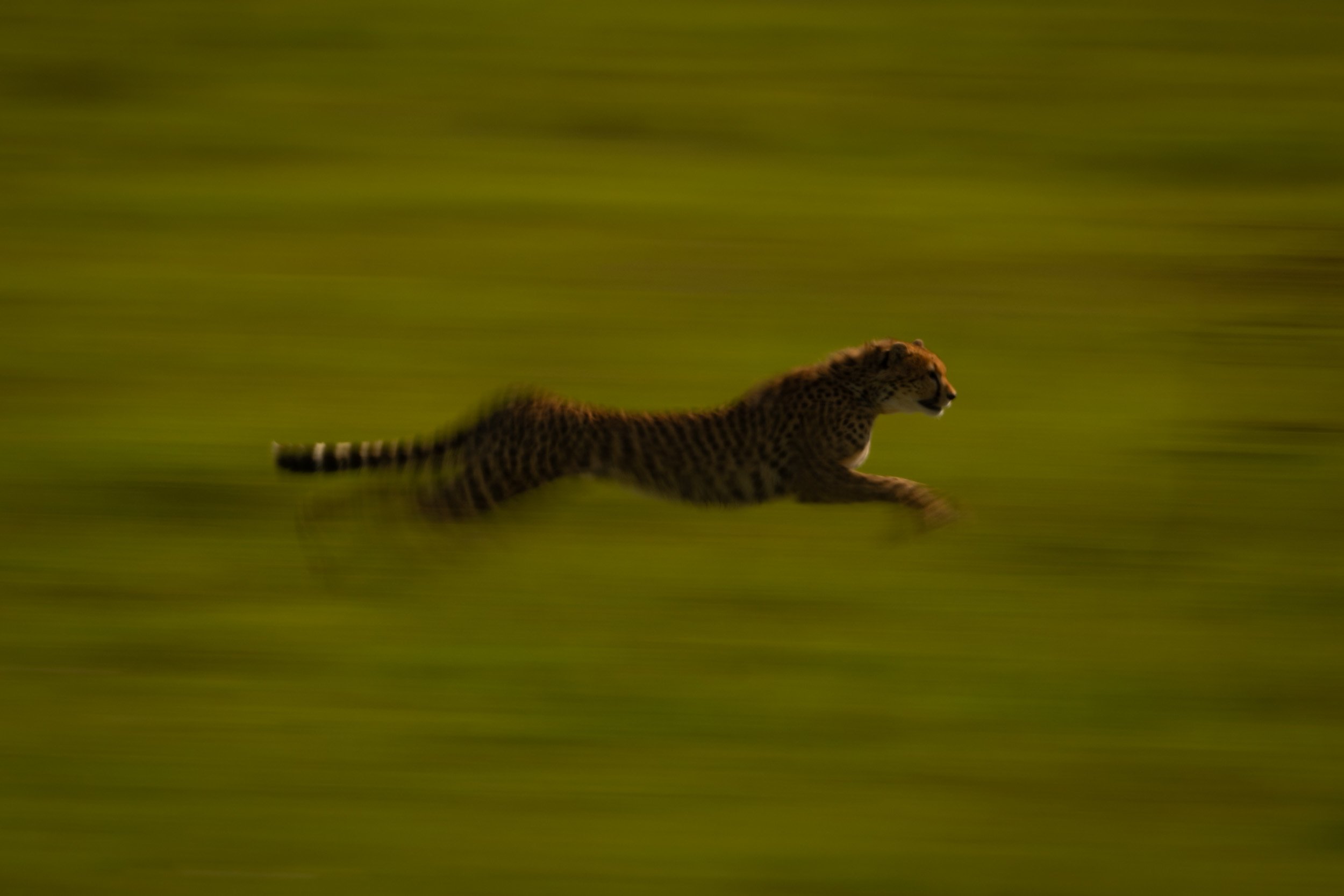
Chasing Cheetahs
The first time I stayed at Kicheche Bush Camp in the Masai Mara, I saw five cheetah kills. This time, I didn’t see any in a whole week, so I had to make do with silhouettes, leopards, cubs, birds—and a few slow pans in honour of Paul Goldstein…!

Mana from Heaven
Most people who meet someone who works for the National Security Advisor would probably have a brief chat and then forget all about him. I didn’t. Toby impressed me so much with the ‘mystical, blue light’ at Mana Pools and the chance to walk right up to the animals with a guy called Stretch Ferreira that I booked a trip as soon as I got home!
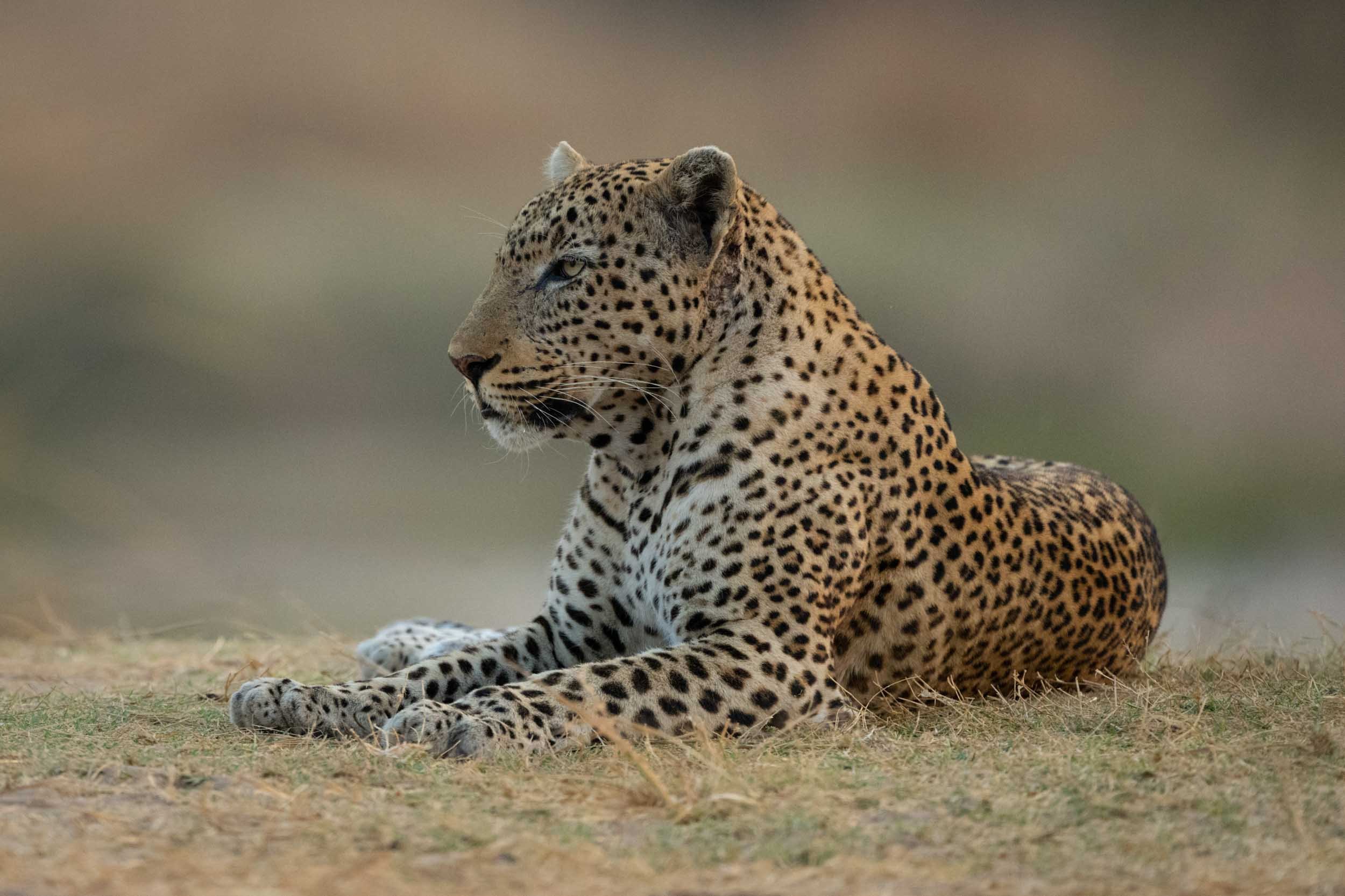
Feast or Famine
After Kapamba, I stayed at Zungulila in South Luangwa National Park, Zambia, from 1 to 5 August. This was the last stop on my tour and, according to the website, it was supposed to be ‘a remote, classic tented safari camp that delivers an authentic safari experience in eminently peaceful surrounds’.
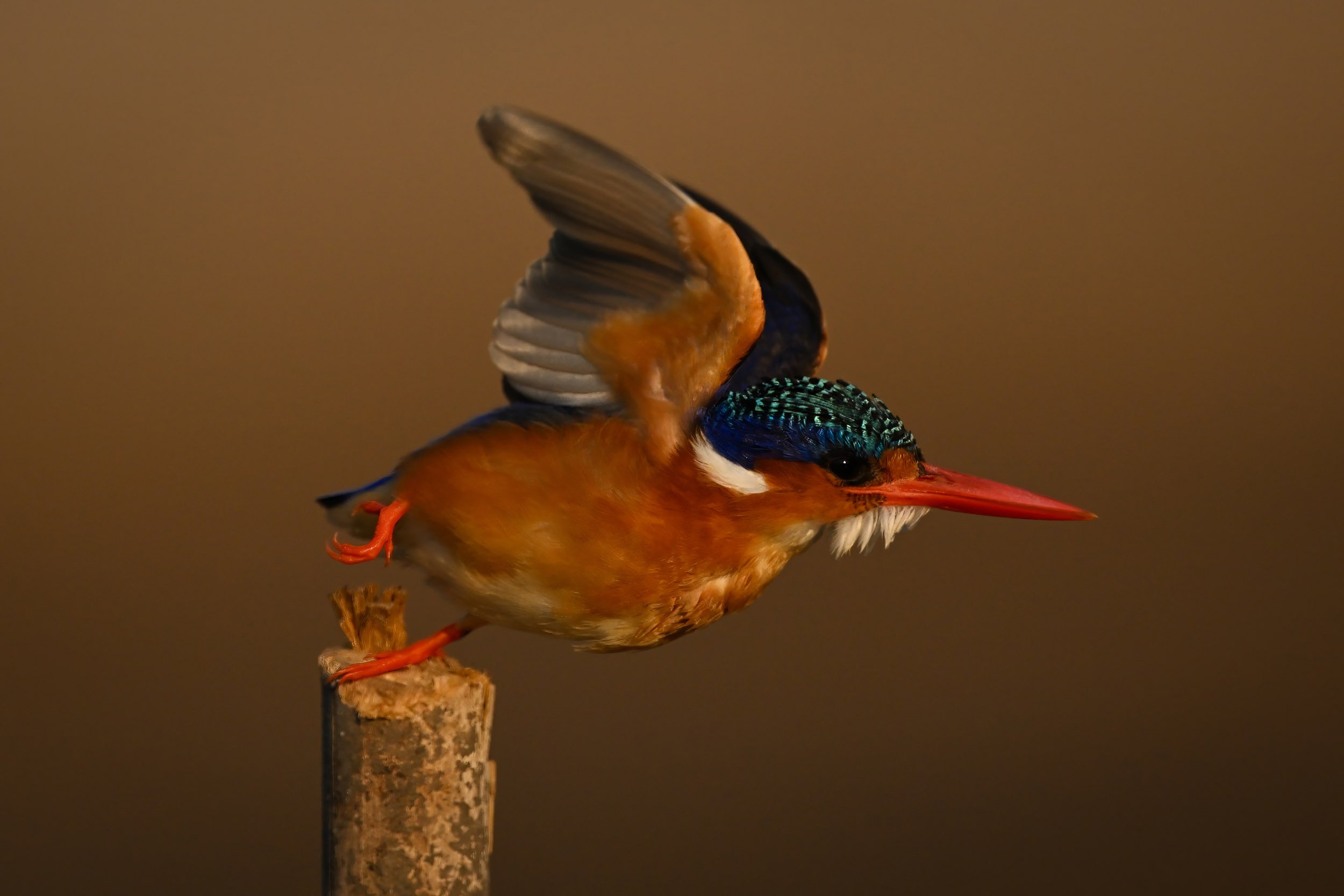
Birds, Dogs and Pukus
After Bilimungwe, I visited Kapamba in South Luangwa National Park, Zambia, from 29 July to 1 August. According to the website, it was supposed to be ‘A remote and romantic camp situated in a prime location on the Kapamba River, and one of only two Bushcamps to be open from April to January’.


